_square%20cropped.jpg&w=3840&q=75)
Herpetology & Restoration Ecology
We combine field research, habitat restoration, and community engagement to support conservation of native reptiles and amphibians in peninsular Florida's rapidly changing landscape. Our core areas of research are:
- Long-term demography and behavioral ecology of a threatened keystone species, the Gopher Tortoise (Gopherus polyphemus)
- Amphibian ecology and seasonal wetland community dynamics
- Ecological restoration approaches and outcomes
Program Information
More about this program
Primary Research Areas
Population biology, Behavioral ecology, Imperiled species management, Wetlands ecology, Restoration approaches and outcomes
Primary Location(s)
Archbold Biological Station, Avon Park Air Force Range, Lake Wales Ridge
People working in this program
Related Projects
 Photo by: Betsie Rothermel
Photo by: Betsie Rothermel Photo by: Hunter Howell
Photo by: Hunter Howell Photo By: Dustin Angell
Photo By: Dustin AngellQueen of Red Hill Video
Featured News & Scientific Publications
.jpg&w=3840&q=75)
Partners
Funders
Explore Internships in Herpetology & Restoration Ecology
The Herpetology & Restoration Ecology Program supports early-career scientists at different stages, including post-baccalaureate research interns (~2 per year) and research assistants. The typical duration of internships is 7-8 months. Interns and research assistants gain skills in field ecology, experimental design, data management, scientific writing, and outreach.
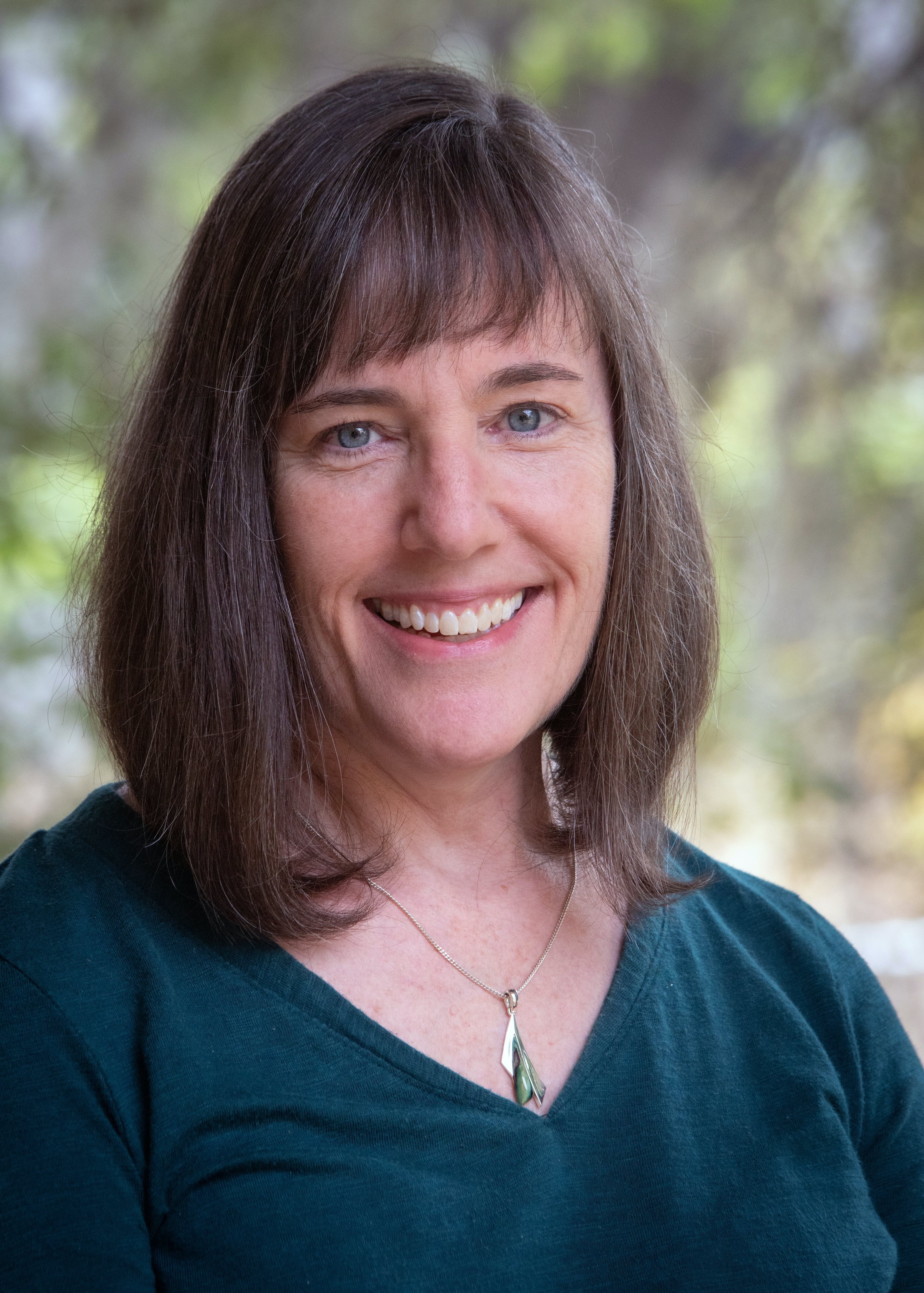

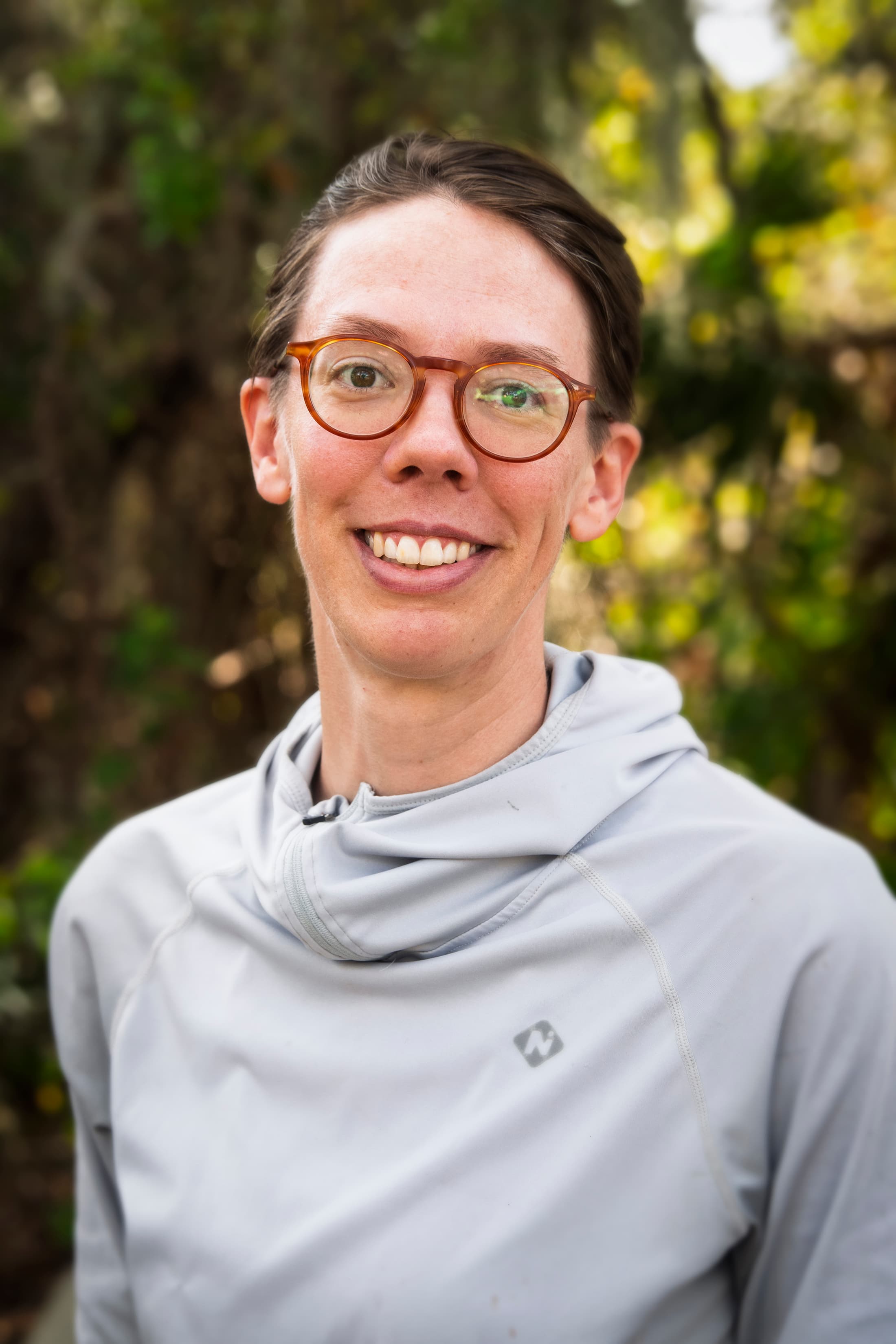

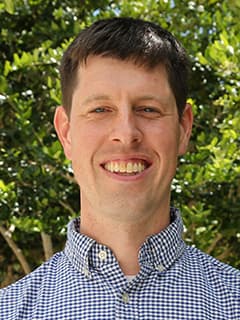




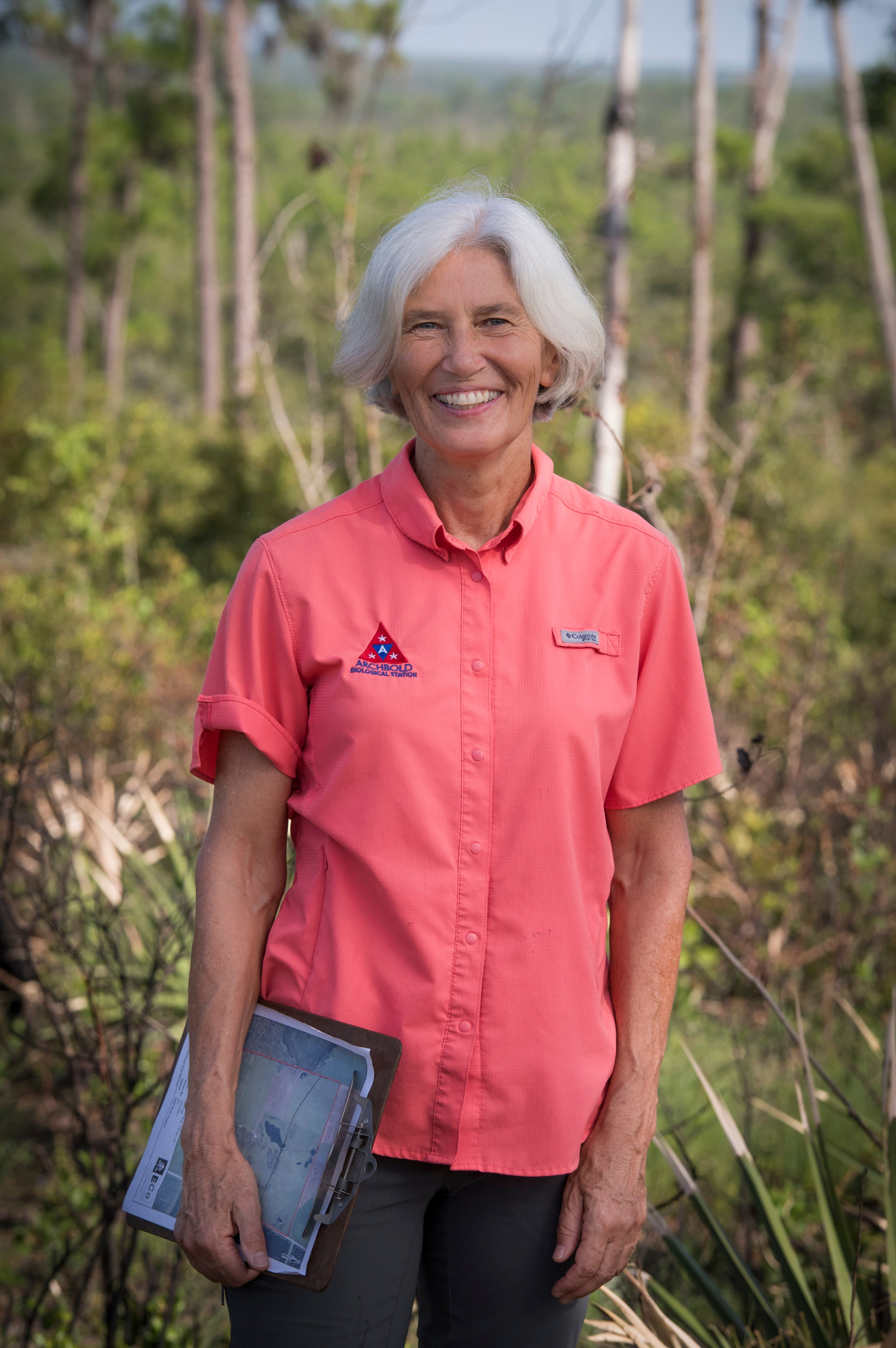
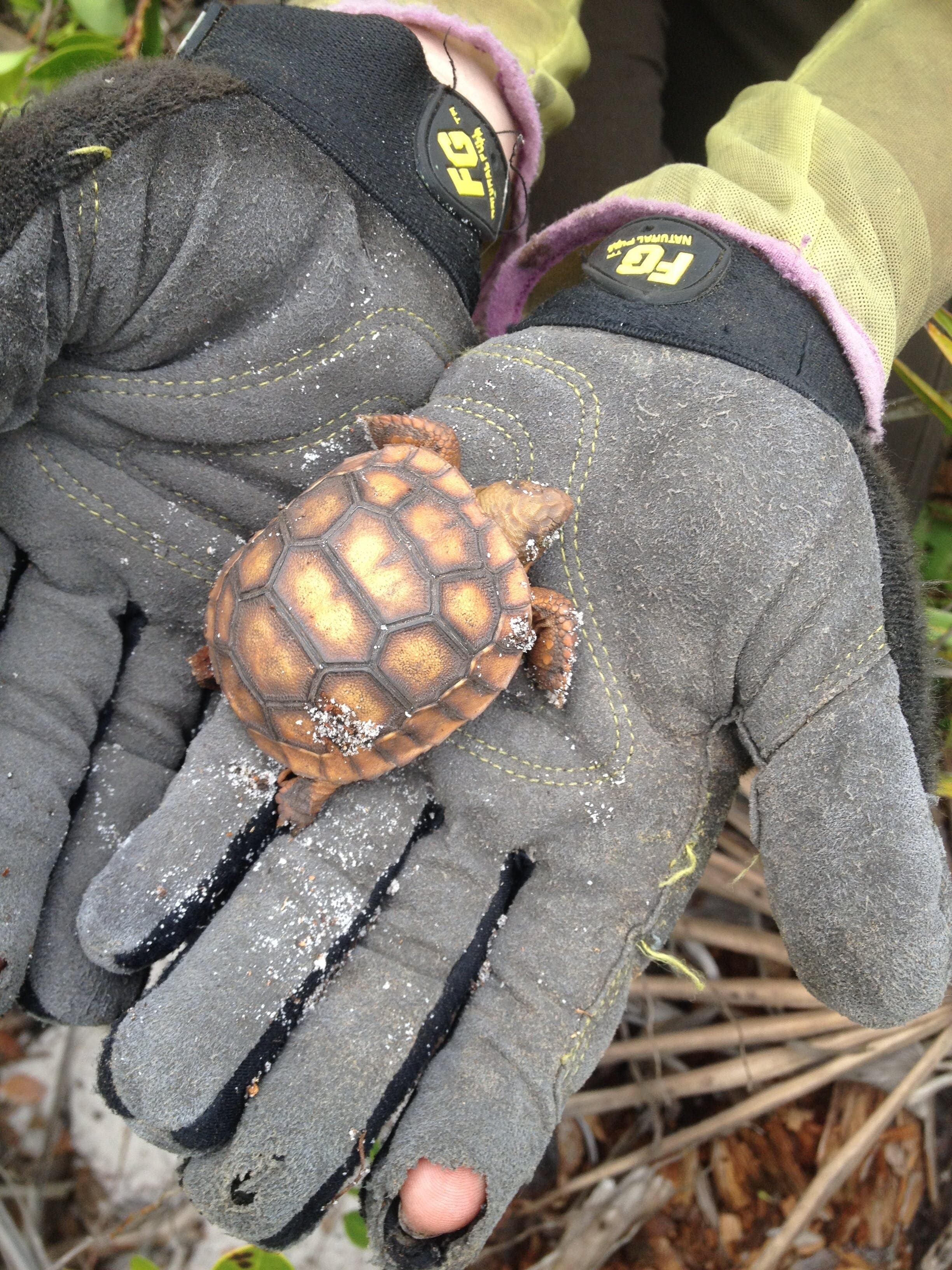

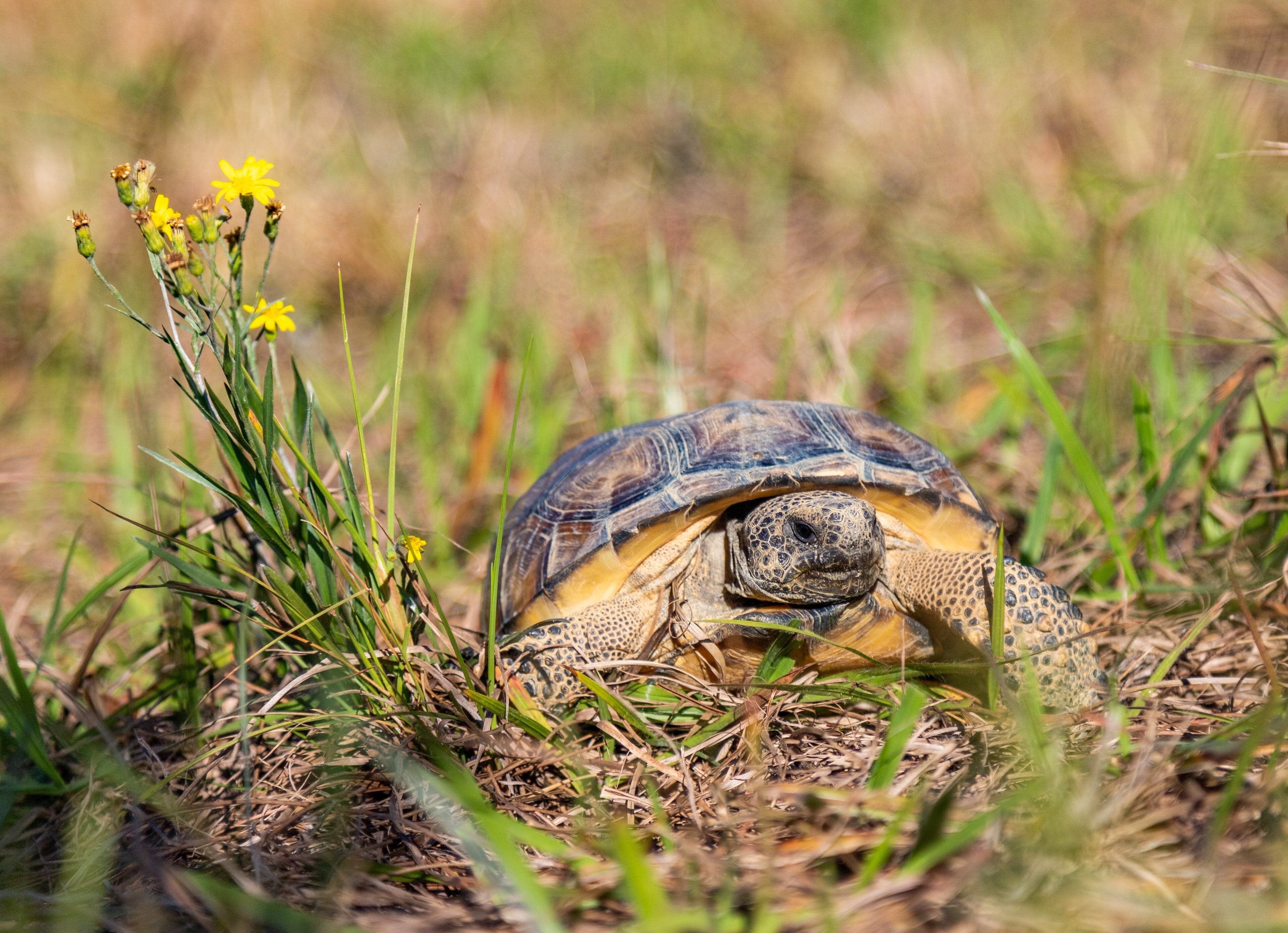
.jpg&w=3840&q=75)
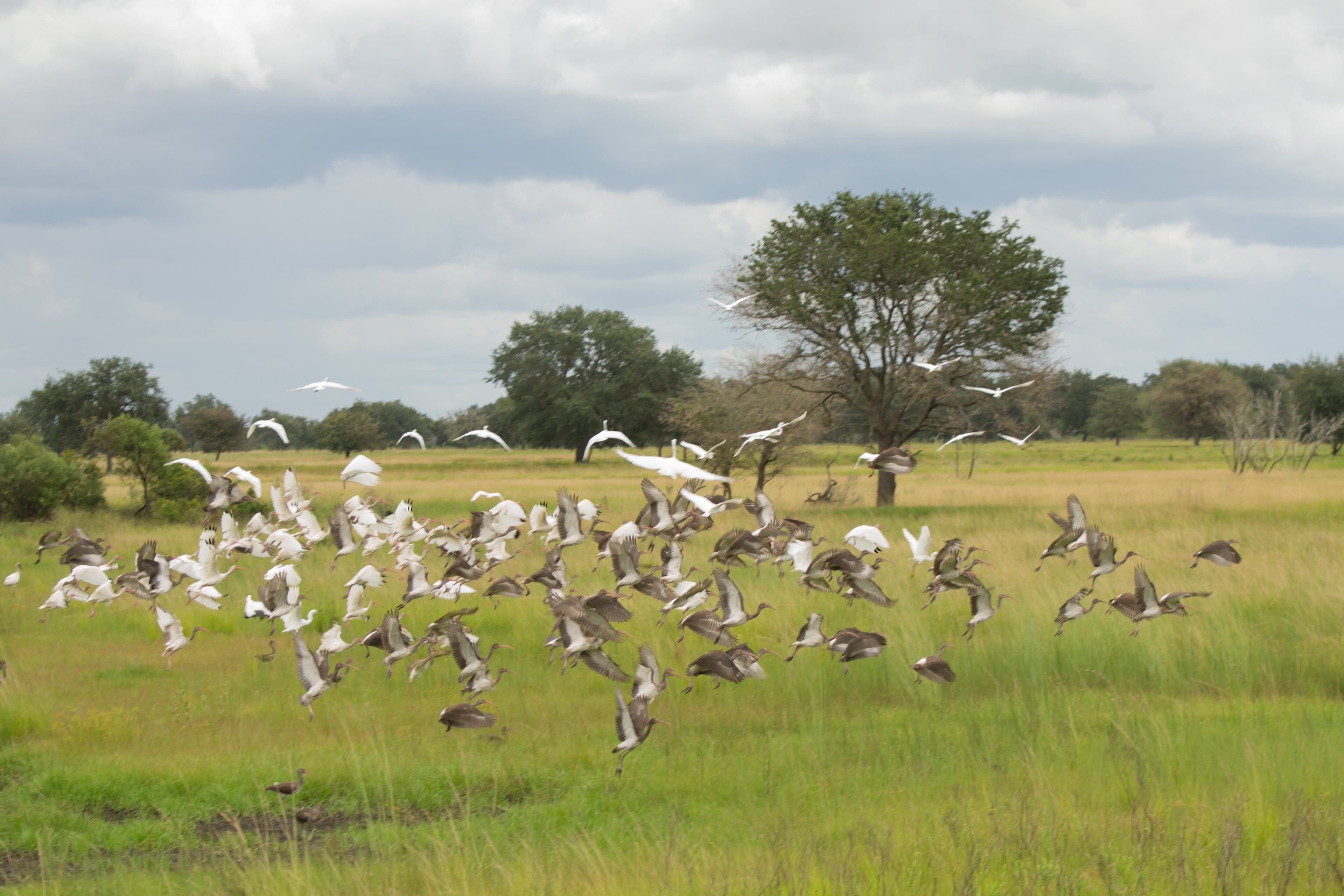

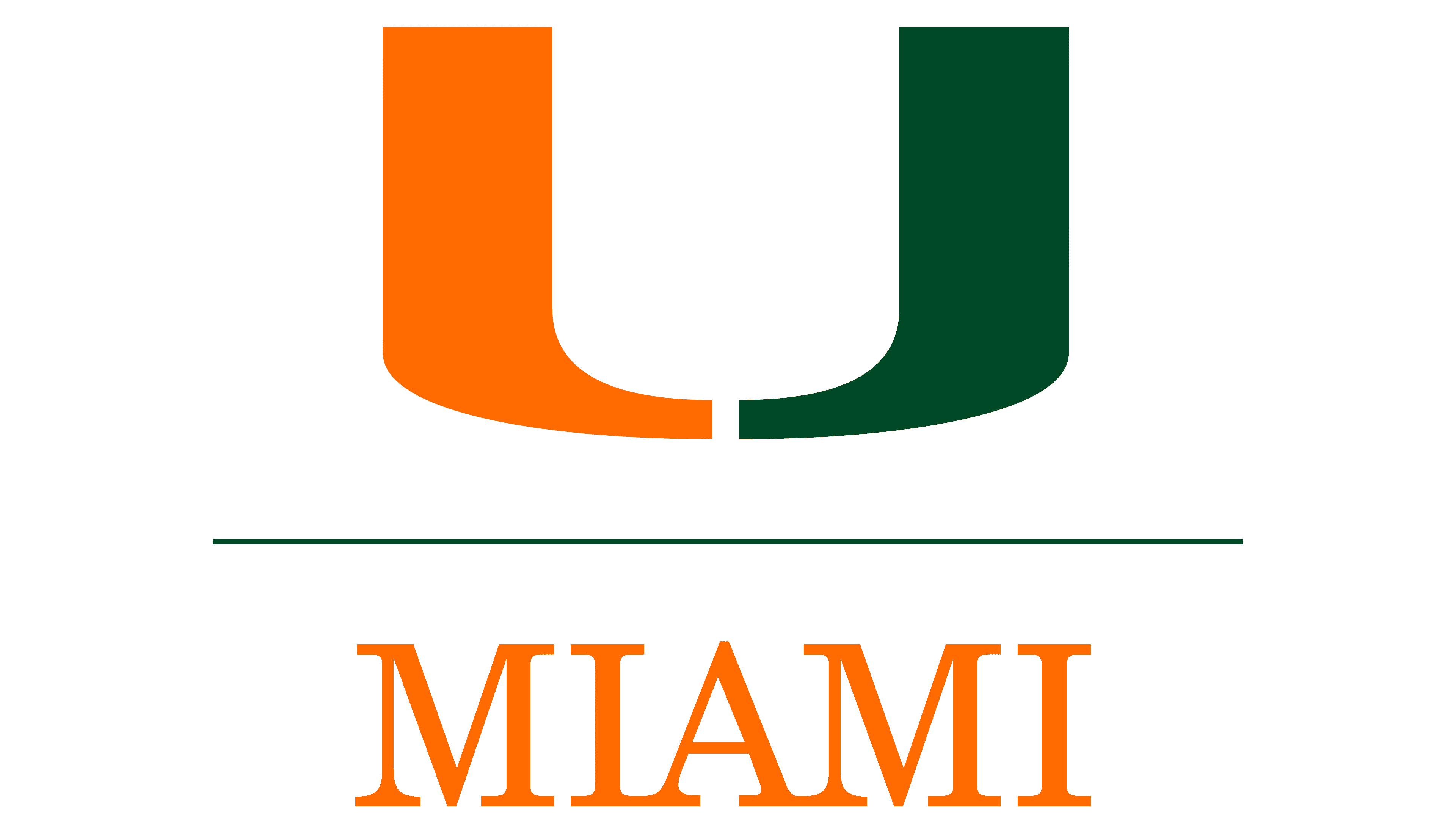
.png&w=3840&q=75)
.jpg&w=3840&q=75)